It is common knowledge that green roofs curb potential flooding caused by stormwater runoff, but not every green roof design will produce the same outcome.
The type of dirt you grow your plants in can make a difference, Jennifer Drake told a seminar audience recently at the Grey to Green Conference in Toronto. An assistant professor of civil engineering at the University of Toronto, Drake is an expert in urban flood management and green infrastructure.
She said soils containing a high percentage of organic material can hold up to three times more water than low organic soils — an important consideration in the management of storm water.
Drake spoke on research conducted at the University of Toronto’s Green Roof Innovation Testing Laboratory (GRIT Lab).
Established in 2010, GRIT is the only lab for testing the performance of green roofs, green walls and solar photovoltaic technologies in Canada. It features more than 30 green roof test beds, measured by sensors connected to more than 5,000 linear feet of wiring.
Soil moisture, rainfall, solar, wind and other criteria are collected every few minutes at the lab which is on College Street in Toronto.
Peak runoff can be reduced by as much as 90 per cent depending on the type of green roof design, she explained. It could significantly mitigate or even eliminate flooding in urban areas such as downtown Toronto.
Through data gathering from visits to 33 green roofs in the Greater Toronto Area, Drake said there is “a huge range in diversity” in green roof designs in the city.
Research at GRIT shows increasing the depth of soil — from 10 to 15 centimetres — has little effect on stormwater management, she said.
GRIT’s photovoltaic system is new and has 40 200-watt solar modules capable of generating 14 megawatts annually, Drake said.
At another seminar at the conference, Paul Kephart, a principal of California-based environmental planner and landscape architect Rana Creek Design, said the measure of a green building is best summed up by its impact “outside of its footprint” on climate change, pollution, population increases, food scarcities and other environmental factors.
Kephart spoke about Rana’s work at the JNBY Headquarters in Hangzhou, China, which includes a 10-acre rooftop tea production facility.
“We’re harvesting 1,500 pounds of tea per acre, which is now prized for its purity,” he said.
The tea is sold in a courtyard below the development which is part of what is called a “superblock” — a semi-private community in China where a mix of large buildings seal in a block of space from the outside world.
Kephart said JNBY’s superblock, which is one of many new superblocks in China, features 8,000 trees on a podium and includes “living facades to capture pollutants and cool the structure.”
A water feature attracts migratory birds.
While Hangzhou is known for its beauty, the city’s biodiversity has been struggling and is “heavily impacted by pollution (including lead in the soil) and climate change. There are few insects found, few birds,” he added.
Superblocks like JNBY are a response to the struggle to regain an environmental balance.
Kephart told seminar attendees the superblock is an example of how a development can work in harmony with its surroundings. The project has many native trees and flora and all rainwater is reused largely for pools within the complex.
Success comes from a holistic approach to building design.
“It’s not about the buildings really, it is about what lies outside them and how we connect those natural processes and systems to them,” he said.


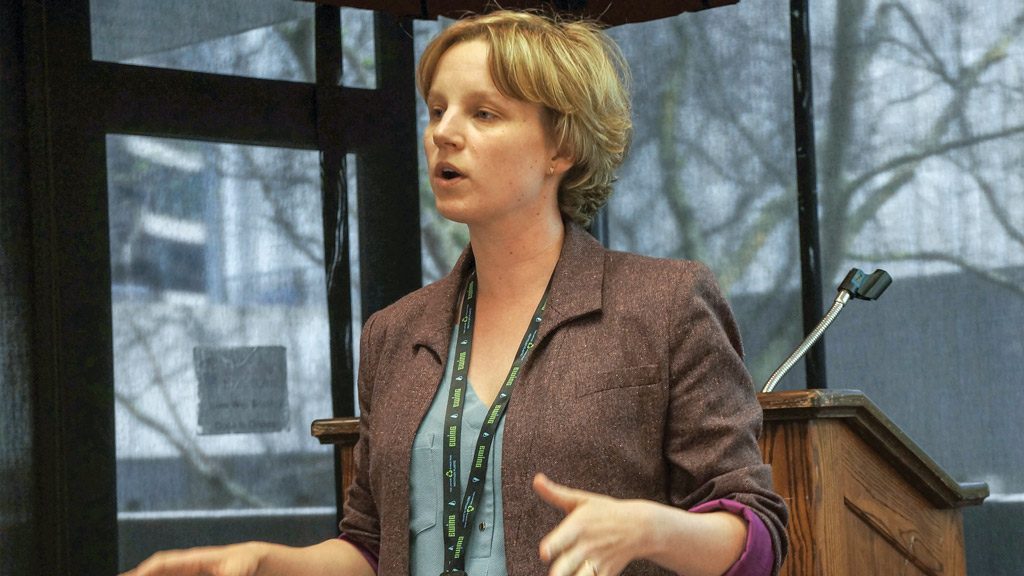
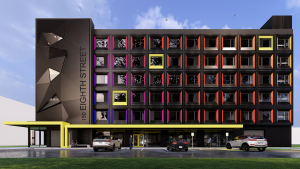
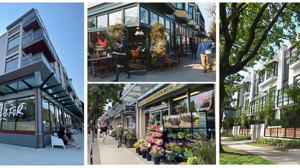


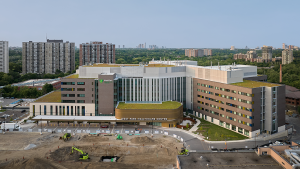
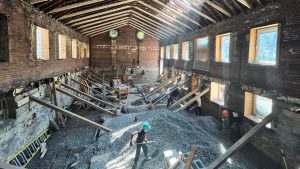
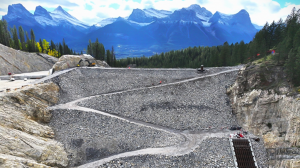
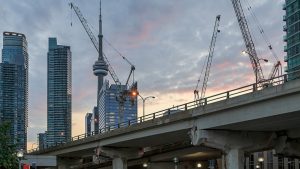
Recent Comments
comments for this post are closed